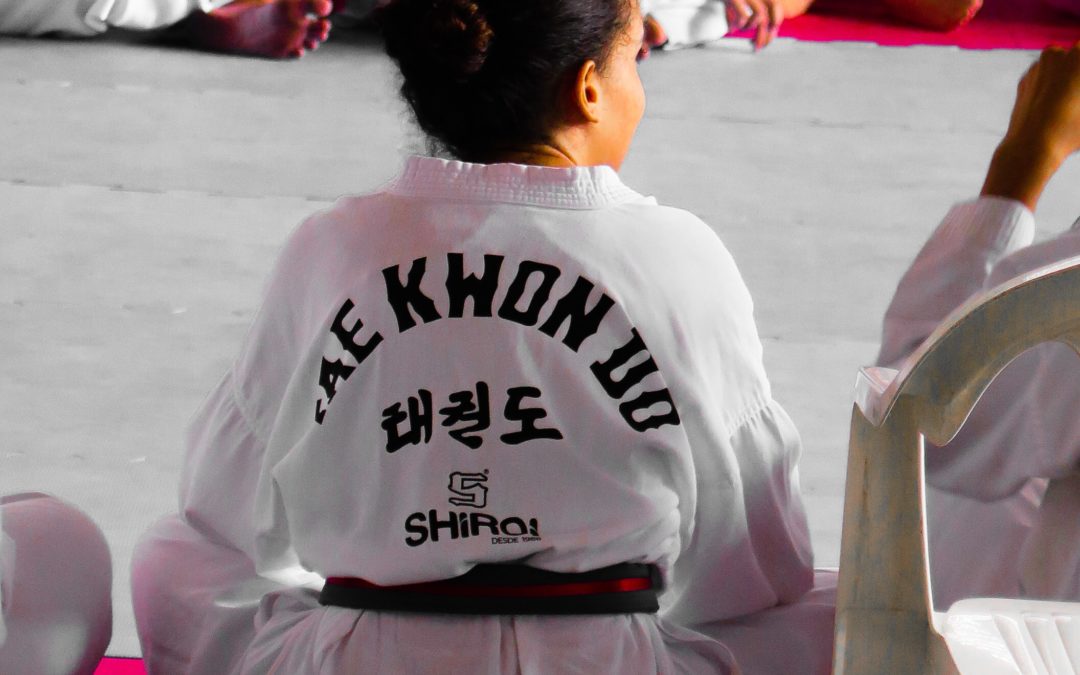The name Taekwondo comes from the Korean word “Tae,” meaning foot, the term “Kwon,” meaning fist and the word”Do” meaning way of. The literal translation of Taekwondo means “the way of the foot and fist.” The name Taekwondo has only been used since 1955 while the arts’ roots began 2,300 years ago in Korea. Known as a way of life and a martial arts practice, Taekwondo’s evolution was a direct result of the happenings in Korea/ The knowledge of the history of Taekwondo is an essential step in understanding Taekwondo.
Korean history begins in 2333 B.C when the national founder, Tangun, founded Old Korea at Asadal. In 6th century A.D, what we now know the Koran peninsula was divided into three kingdoms; Silla, Paekje, and Koguryo. Koguryo was the largest kingdom, and it occupied the southern section of Manchuria and the northern section of the Korean peninsula. Archeologists discovered ancient pottery and markings depicting individuals fighting or taking protective stances. In which we can get some of the first markers of some amount of fighting being used.
Fast-forwarding to the early 1900’s we see more recorded proof of the martial arts practice becoming regulated. Japanese control hindered what martial arts could be practiced in Korea, but after the defeat of Japan in WW II, Korean citizens were free to practice again. Within Korea, there were five primary martial art academies or Kwans. They were named Changmu Kwan, Chungdo Kwan, Mooduk Kwan, Jido Kwan, and Songmu Kwan.
On May 28, 1973 the World Taekwondo Federation was officially established at the Kukkiwon by founder Dr. Un Yon Kim. Located in Seoul, Korea, the World Taekwondo Federation is the governing body which preserves Taekwondo’s roots. They also facilitate development, controls the testing process, and encourages the study of Taekwondo all over the world.

